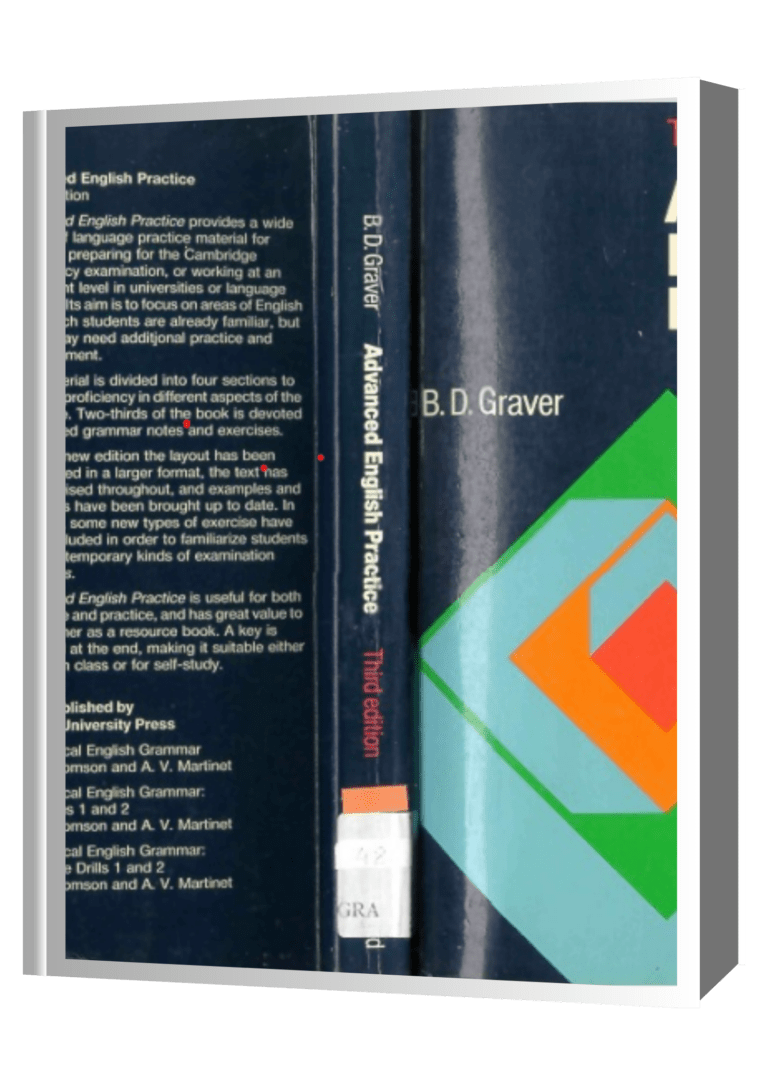Rhetorik-Handbuch 2100- TO HOLD AN INTERVIEW
Can I ask you a question?”
A rhetoric handbook serves as a valuable tool for writers, speakers, and communicators of all kinds. It provides a comprehensive guide to the art of persuasion, offering strategies, techniques, and principles to help individuals craft compelling and effective messages. In this note, we’ll explore the key components and benefits of a rhetoric handbook.
Understanding Rhetoric:
A rhetoric handbook typically begins by defining rhetoric and its importance in communication. It explains that rhetoric is the art of using language effectively to persuade, inform, or entertain an audience. By understanding the fundamentals of rhetoric, writers and speakers can tailor their messages to achieve specific goals.
Audience Analysis
One crucial aspect of rhetoric is understanding the audience. A good rhetoric handbook teaches how to analyze the audience’s demographics, beliefs, values, and preferences. This information helps communicators adapt their message to resonate with their audience, making it more persuasive and engaging.
Purpose and Goals
Another key element covered in a rhetoric handbook is clarifying the purpose and goals of communication. Whether the goal is to persuade, educate, entertain, or inspire, the handbook provides strategies for crafting messages that align with these objectives. It emphasizes the importance of clarity, coherence, and relevance in achieving communication goals.
Structure and Organization
Effective communication relies on clear and logical structure. A rhetoric handbook offers guidance on organizing ideas, creating coherent paragraphs and transitions, and developing a compelling overall structure for written and spoken presentations. This includes techniques such as outlining, brainstorming, and drafting.
Language and Style
Language choice and style play a significant role in rhetoric. The handbook delves into the nuances of language, including word choice, tone, voice, and rhetorical devices such as metaphor, simile, analogy, and hyperbole. It teaches how to use these elements strategically to enhance persuasion and impact.
A rhetoric handbook provides strategies for constructing effective arguments and persuasive appeals. This includes understanding logical fallacies, using evidence and reasoning to support claims, anticipating counterarguments, and incorporating rhetorical appeals such as ethos, logos, and pathos to connect with the audience emotionally, logically, and ethically.
Visual and Multimedia Communication
In today’s digital age, visual and multimedia elements play a crucial role in communication. A modern rhetoric handbook covers strategies for integrating visuals, videos, slides, and other multimedia components into presentations and written documents effectively. It emphasizes the importance of visual literacy and design principles in enhancing communication impact.
Revision and Editing
The process of revision and editing is essential for refining and polishing communication. A rhetoric handbook offers guidance on revising for clarity, coherence, conciseness, and correctness. It teaches techniques for self-editing as well as seeking feedback from peers or mentors to improve the quality of communication.
Ethical Considerations
Ethics is an integral part of rhetoric. A rhetoric handbook discusses ethical considerations in communication, such as honesty, transparency, respect for diverse perspectives, and avoiding manipulation or coercion. It encourages communicators to uphold ethical standards in their interactions with audiences.
Practice and Application
Finally, a rhetoric handbook encourages practice and application of rhetorical principles. It provides exercises, examples, and case studies for learners to apply their knowledge and skills in real-world communication situations. By practicing rhetorical techniques regularly, communicators can become more confident, persuasive, and impactful in their communication endeavors.
In conclusion a rhetoric handbook is a comprehensive guide that equips individuals with the skills, strategies, and principles needed to excel in communication. Whether writing essays, delivering speeches, or crafting persuasive messages, a strong foundation in rhetoric enhances one’s ability to engage, persuade, and connect with audiences effectively.




